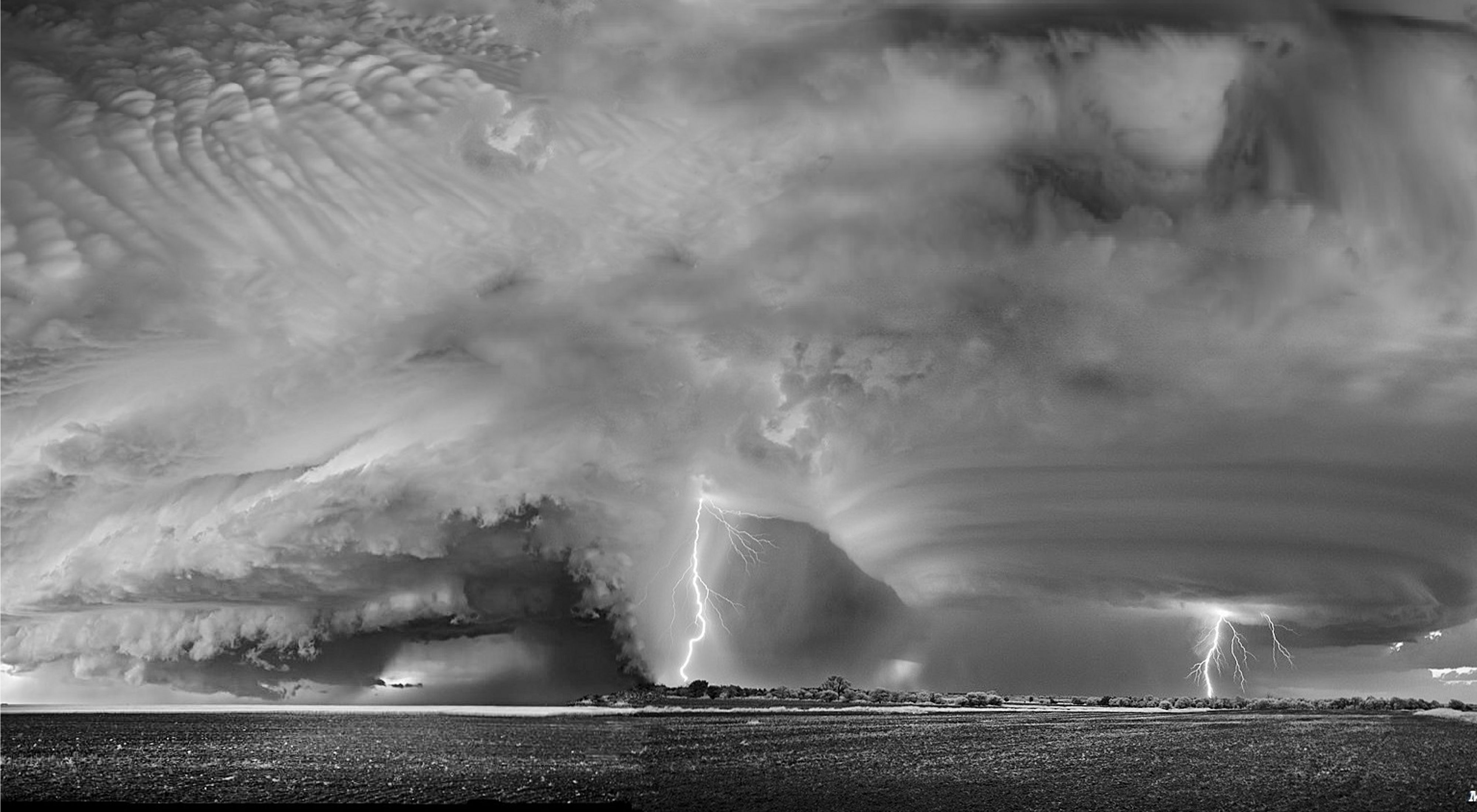Media Statement in Response to NOAA’s Billion-Dollar Weather and Climate Disaster Report
By Katharine Hayhoe, chief scientist of The Nature Conservancy
Media Contacts
-
Angela Campbell
Senior Media Relations Manager
Email: angela.campbell@TNC.ORG
The 1980s saw one billion-dollar weather event every four months, on average. This last decade, we’ve seen one every three weeks. In 2022 there were 18 such events, from hurricanes to wildfires, droughts to floods, tropical cyclones to a winter storm, climate change is loading the weather dice against us.
As the world warms, hurricanes are intensifying faster and dumping more rain. Heavy precipitation is increasing, droughts are getting stronger and longer, and wildfires are burning greater and greater area.
In 2022, weather and climate disasters cost the United States $165 Billion, according to NOAA National Centers for Environmental Information’s U.S. Billion-Dollar Weather and Climate Disasters (2023) report released today.
We can no longer view climate change as a distant issue –one that only matters to people in the future, or who live far away. Extreme weather events super-sized by climate change are flooding people’s homes, drying up their water supplies, devastating their food and threatening their lives.
At The Nature Conservancy, we work with communities around the world to address climate disasters in innovative new ways. We recently announced a coral reef insurance policy in Hawai’i to fund rapid coral reef repair and restoration following hurricane or tropical storm damage. Insurance can support the conservation of pivotal ecosystems and the development of green infrastructure—both of which are vital elements in enhancing climate resilience.
What I hope people take away from NOAA’s report today is no matter who you are or where you live, climate change is already altering your day-to-day life, affecting the people, places and things you love. Critics often say climate solutions are too expensive. To me, $165 Billion underscores that it is too expensive not to fix it. Many climate solutions also make our cities cleaner, safer and more resilient; our food and water supply more secure; and our own lives healthier.
What can you do? Talk about climate change where you live and where you work, join an organization that is working to address climate change, and share your concerns with leaders in your community. When we understand the benefits of action, the only question left is, what are we waiting for?
The Nature Conservancy is a global conservation organization dedicated to conserving the lands and waters on which all life depends. Guided by science, we create innovative, on-the-ground solutions to our world’s toughest challenges so that nature and people can thrive together. We are tackling climate change, conserving lands, waters and oceans at an unprecedented scale, providing food and water sustainably and helping make cities more sustainable. The Nature Conservancy is working to make a lasting difference around the world in 81 countries and territories (40 by direct conservation impact and 41 through partners) through a collaborative approach that engages local communities, governments, the private sector, and other partners. To learn more, visit nature.org or follow @nature_press on X.
